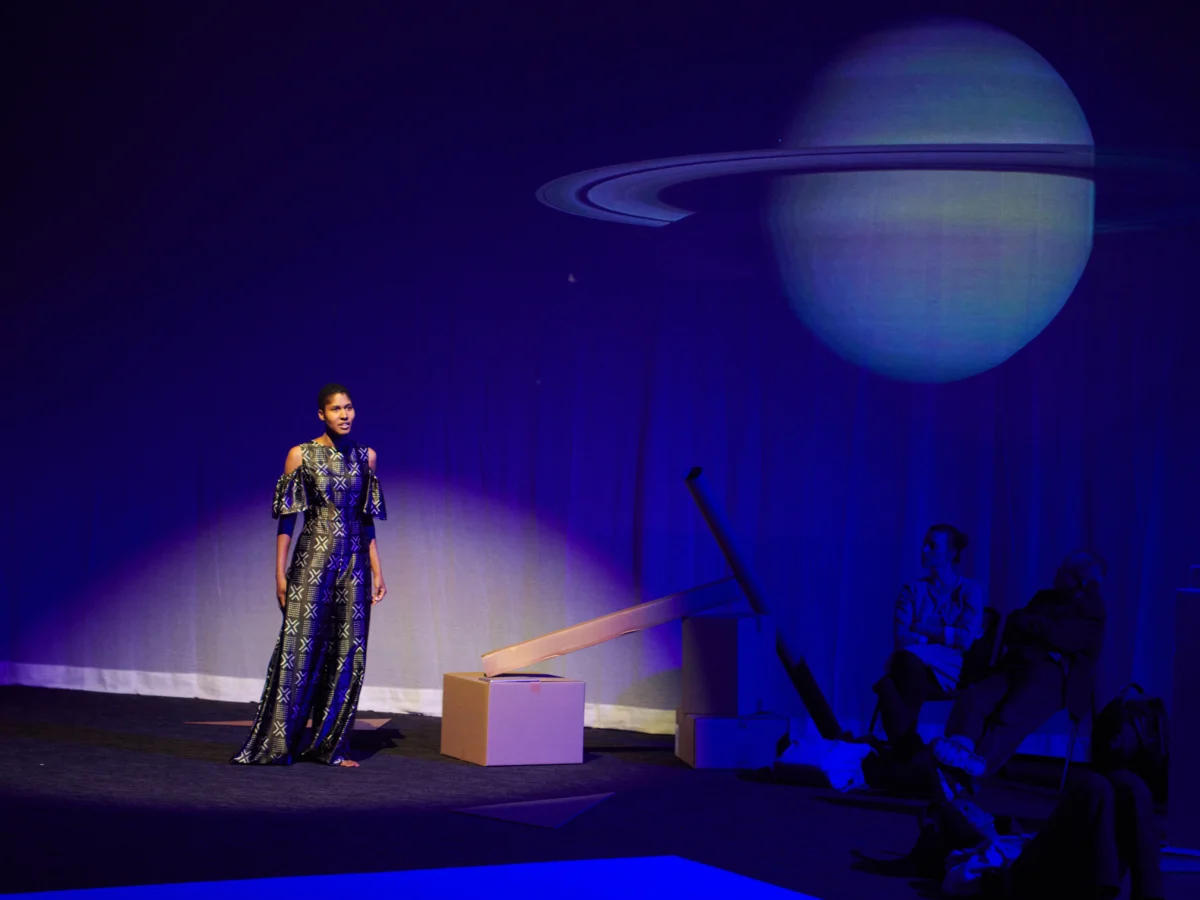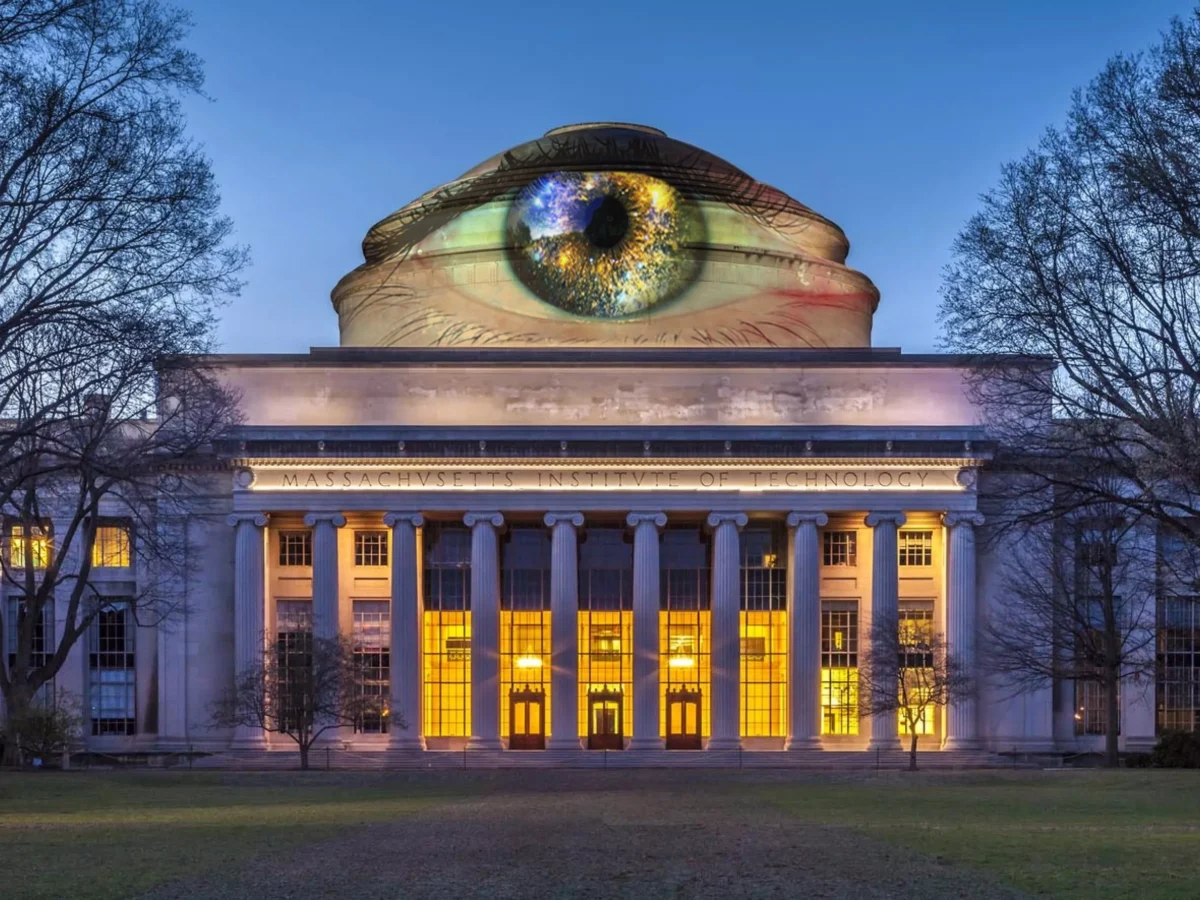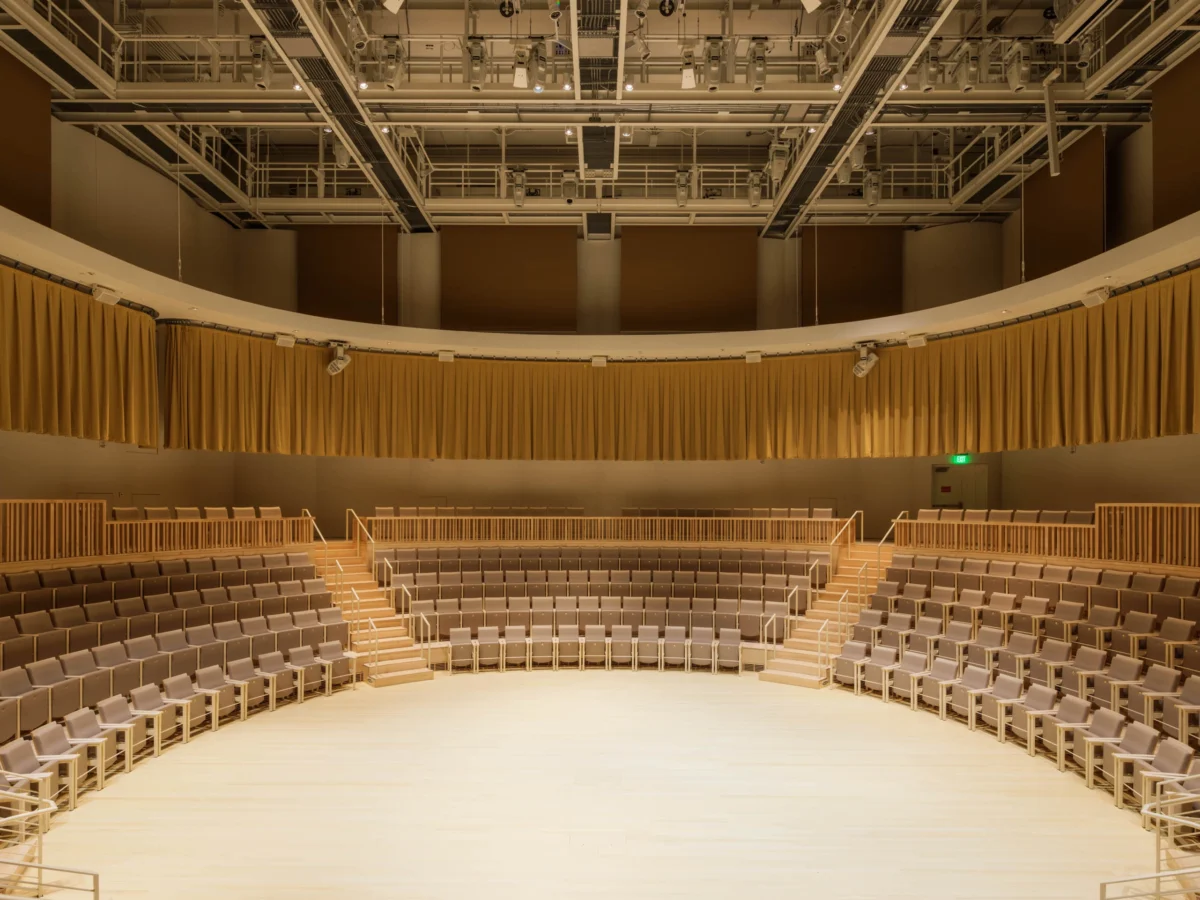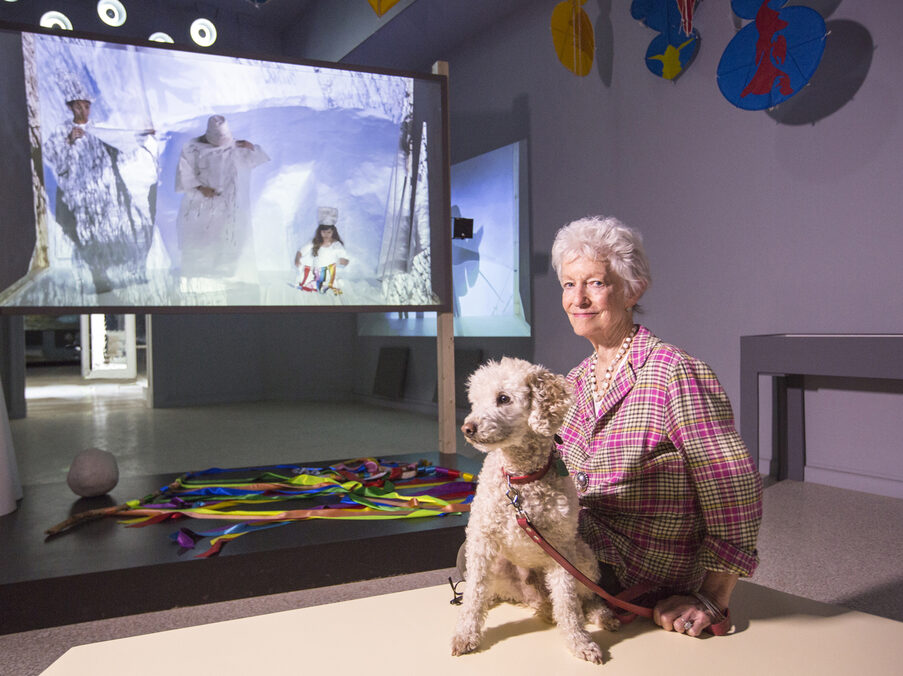Creativity animates every corner of the MIT community, driving students, researchers, and faculty to connect across disciplines in search of new insights. Nowhere are these connections more electric than in the arts. This semester, the MIT community will revel in the arts with Artfinity: A Celebration of Creativity and Community at MIT. Beginning February 15 with concerts commemorating the opening of the Edward and Joyce Linde Music Building, the festival culminates with a May 1 lecture by Es Devlin, winner of the 2025 Eugene McDermott Award in the Arts at MIT, and a May 2 concert by Grammy-winning rapper and Visiting Scholar Lupe Fiasco. Artfinity features concerts by additional Grammy-winning artists, interactive augmented reality displays, lectures by Nobel prize winners, a film festival, student group performances, and an arts-themed evening at the MIT Museum. In total, Artfinity includes over 80 visual and performing arts events celebrating the work of MIT faculty, students, staff, alumni, and guests from greater Boston and beyond.
“We wanted to celebrate the creativity and joyfulness of the brilliant minds on campus,” says Azra Aksamija, PhD ’11, director of the Art, Culture, and Technology (ACT) program and faculty co-lead for Artfinity, “to showcase how much is happening every day here on campus and to bring joy and beauty to MIT and the surrounding community.”
Artfinity, an institute-sponsored campus-wide event organized by the Office of the Arts at MIT, represents MIT’s largest arts festival since its 150th anniversary in 2011. It continues MIT’s series of bold affirmations of the importance of the arts, including the Theater Arts Building (2017), the MIT Museum (2022), the new Edward and Joyce Linde Music Building, and the School of Architecture and Planning space (2026).
“This celebration of our artistic ecosystem is an opportunity for the MIT community and greater Boston to discover MIT’s creative side,” says Vice Provost Philip S. Khoury. “Highlighting art that thrives alongside and integrates with the science and technology MIT is most known for, Artfinity shines a light on the creative pursuits that can be found across campus.”
“I am very excited about the collaborative effort to organize this campus-wide festival,” says Vinzenz Aubry, a graduate student in the ACT program in the Department of Architecture. Aubry’s generative video installation “Public Eyes” engages viewers with animated digital eyes that respond to human presence. “We have a lot of great art and artists on campus that we cannot celebrate enough.”
Nothing New Under the Sun
The arts have long enjoyed a prominent position at MIT, home to the country’s oldest architecture department. The List Visual Arts Center and the Media Lab celebrate their 40th anniversaries this year, while the MIT Symphony’s history extends to the late 1800s. Today, over 50 percent of MIT undergraduates take arts classes, with more than 1,500 studying music. “Our world-class faculty teach students who are very talented,” says violist Marcus Thompson, Institute Professor of chamber music and faculty co-lead for the Artfinity festival. “Whether pursuing the arts as a hobby or profession, they are capable on the highest level.”
Despite the arts’ prominence at MIT and the caliber of participating faculty and students, many find MIT’s artistic excellence surprising. “People are often surprised to learn I teach at MIT, because they don’t think of it as a home for the arts,” says Thompson. “They think it’s only a place for technology. But the reality is that MIT is one of the leading universities in the world in terms of balancing technical studies with the humanities. We need to send that message out into the world, and this festival is going to help.”

Getting to Know You
It is difficult to speak of a signature moment or event for Artfinity. The eclectic festival offerings include a simulated lunar landing, a talk by artist and Professor Emerita Joan Jonas, the MIT Wind Ensemble‘s climate justice concert, and sculptor Sanford Biggers with his performance group Moonmedicin celebrating his new public artwork, Madrigal, at the Linde Music Building. Media Lab Assistant Professor Behnaz Farahi’s large-scale eye projection Gaze to the Stars will illuminate the Great Dome on select evenings, drawing gazes on both sides of the Charles River. Grammy-winning rapper and Visiting Scholar Lupe Fiasco will perform a new work about campus public art with the Festival Jazz Ensemble.
Beyond broadcasting MIT’s artistic excellence beyond campus, Artfinity introduces the MIT community to the wealth of creative activity on campus. While MIT’s community recognizes its talented members, few grasp the scope of creative work. “I am aware that there are world-class visual, theater, and musical performers,” says Valerie Chen ’20, a cellist and former recipient of the Louis Sudler Prize for the Arts now pursuing a PhD in Robotics at MIT. “I am still a member of several student music groups. But as involved as I am, I don’t think I’m aware of even half of the things going on here each semester.”
“What became evident during the planning of this festival was the quantity and quality of art here at MIT, and how much of that work is cutting-edge,” says Aksamija, whose work has appeared at London’s Royal Academy of Arts, Manifesta 7, and the Venice Biennale. “Now Artfinity will offer the whole community an opportunity to make the same discovery.”
For Sora Shirai ’27, studying computer science and molecular biology and leading the a cappella group MIT Logarhythms, the arts not only enrich the MIT experience but also serve as a common language for students across disciplines. “Joining the Logarhythms has been one of the most transformative parts of my college experience because it’s connected me with future mechanical engineers, architects, economists—people I might never have crossed paths with otherwise,” says Shirai, who will perform during Artfinity. “Leading a performing arts group has developed my team management, conflict resolution, and financial planning skills. I think this shows how the arts at MIT enhance our technical education in ways that make us better thinkers, leaders, and collaborators.”

A Different Lens
For many, Artfinity is not just a celebration of creativity at MIT, but also a celebration of the unique way creative and technological research complement each other on campus. “The greatest overlap between these fields is that they all explore the unknown and play with uncertainty,” says ACT graduate student Aubry. “These explorations open up new perspectives onto the world.”
“Artfinity is a great opportunity for our students,” says Jay Scheib, professor of Music and Theater Arts. “It will be easy for them to attend events; tickets will be free. And they can engage with the ideas and issues that the arts deal with. In the arts we tend to look at problems in a different way. It’s still research, but framed by ideas of aesthetics, civic discourse, and experience. This approach can help students in physics, aerospace design, or artificial intelligence to ask different yet equally useful questions.”
Sara Brown, associate professor in Music and Theater Arts, challenges the perceived technology-arts divide. “Mathematics, engineering, and science use different vocabularies than theater,” explains Brown, “but they too are engaged in a creative act. They have the same drive and curiosity that artists have, and I love it when they bring that curiosity and vocabulary to theater.”
Brown, an accomplished set designer who has taught at MIT since 2008, was instrumental in bringing designer and artist Es Devlin to campus for her Eugene McDermott Award residency. Devlin, known for public art, installations, and large-scale kinetic stage designs, will present a public lecture on May 1. “There is a lovely parallel between Devlin’s work and the values that undergird this festival,” says Brown. “She works across disciplines with engineers and AI folks at Google. She doesn’t draw the kind of distinctions that so many do and her creativity spans many different specialties and pursuits.”
Few people on campus epitomize the happy marriage between technology and the arts at MIT better than Danielle Wood. Holding MIT undergraduate, master’s, and PhD degrees, she serves joint appointments at the Media Lab and Department of Aeronautics and Astronautics. For Artfinity, Wood composed the choreopoem Harriet Jacobs: Journey to Saturn, blending the story of an enslaved African American woman with an exploration of the rigors of space travel. “The students I teach need to be humbly aware that no single discipline can solve all our world’s problems,” says Wood, faculty lead in African and African Diaspora studies. “From climate change to inequality to mass migration, solutions require collaboration across engineering, design, science, and art. Some of these help us experience the world and define problems on a human scale; others help us find the solutions. All deserve our respect, and we need to cycle from one to another to do our best work.”
Written by Ken Shulman
Editorial direction by Leah Talatinian










